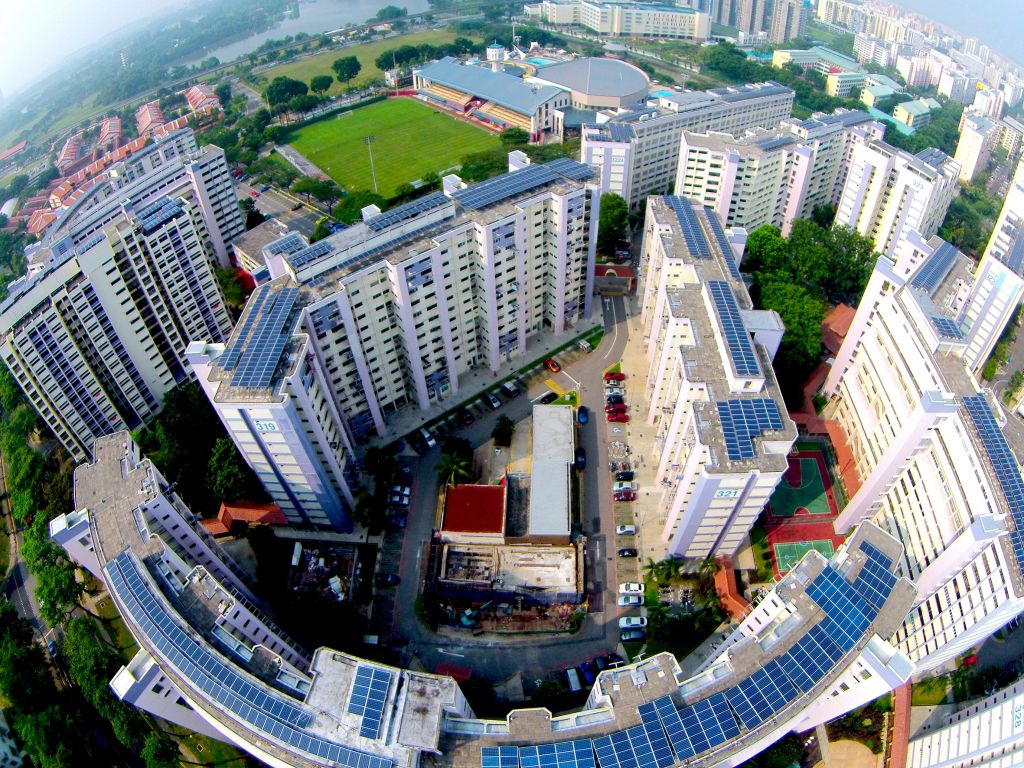The use of electricity and gas is common in modern society, and it changes shape to various uses depending on personal devices.
About city gas, which will be liberalized, we are exposed to competition with various other energies such as kerosene, LP gas, electricity, and others, in major applications such as heating and hot water supply. Therefore, compared with electricity which is hard to substitute for other energy, there is a characteristic that the competition between energy is intense. Particularly for commercial use, there is also the possibility of substituting for all electrification in the future.
In the new construction market, the all-electricity rate exceeds 30%, and in some areas, it exceeds 60%. There is also forecast by the Fuji Economy that the ratio of all electrification to the whole will also be close to 18% in fiscal 2025 from 11.8% in FY 2015.
The ratio of electricity to energy use for commercial purposes gradually increased to 47.6% in 2012, compared to 37.3% in 1990. In this way, the electricity utilization rate in the business sector has been rising steadily owing to the spread of all-electricity, but the city gas is flat at around 18% from 1990 to 2012.
Currently, demand in the business sector is largely declining with gas. Since the utilization rate of industrial gas has remained flat, it can be said that the increase in electricity demand has led to a decline in demand for LP gas and kerosene. About city gas, it seems that the conduit has been extended and that new services such as domestic fuel cells known as “Ene Farm” contribute to the maintenance of demand for city gas.
On the other hand, for industrial use, energy consumption is large, and gas superiority is high, so it is considered that it is rarely substituted for electricity. The total amount of city gas sales in Japan tends to increase year by year mainly for industrial use. For industrial use, the introduction of natural gas to large-scale customers rapidly advanced since 1980. One reason is that a major city gas company that introduced LNG introduced a fee system that makes a demand for large-scale and high-load industrial use obvious.
Also, due to progress in technological innovation relating to gas usage facilities in recent years, requests for a response to global environmental problems, consumption growth per customer has led to increased consumption. Demand is rising not only for industrial use but also for city gas as a whole, so sales of total city gas totaled 24,726 million cubic meters in 2000, compared to 37,099 million cubic meters in fiscal 2014, It has risen to about 1.5 times in 14 years.
There are many business operators using gas, but among them, there is kitchen equipment. Generally, business energy comparison between gas and electricity is vital, depending on your type of business. Commercial gas kitchen equipment is widely used in facilities requiring mass cooking such as restaurants, hospitals, employee cafeterias, hotels, food factories and supermarkets. It is a big feature that we can draw out the taste of food ingredients by “gas fire.”
There is a characteristic that gas chapter is electric without using auxiliaries such as fans, and the natural chiller is non-flow. These air conditioners are widely used in commercial/ medical welfare/educational facilities, office buildings, etc.
Also, a gas boiler is a device that burns gas, heats water (liquid), and makes hot water or steam. It is widely used in various industries and applications such as hot water supply and air conditioning of factories and hotels, cooking in restaurants and sterilization in hospitals.
For the steel industry, it is mainly used for equipment requiring heat quantity such as oxygen burner, metal knit burner, rolling heating furnace/forging heating furnace. Fuel conversion from heavy oil to gas can also reduce carbon dioxide emissions.
Besides that, there are gas vehicles powered by gas. The structure of natural gas vehicles commonly used for taxis is the same as that of conventional vehicles such as gasoline cars and diesel cars, and the only difference is the fuel system. We can reduce CO 2 emissions, which cause global warming, by 2 to 30% compared to gasoline vehicles. Also, emissions of NOx (nitrogen oxides), CO (carbon monoxide), HC (hydrocarbons) that cause environmental pollution such as photochemical smog and acid rain are small, SOx (sulfur oxide) is not discharged at all There is a feature.
Regarding LP gas, it is similar to city gas. LP gas, which accounts for about 5% of Japan’s final energy consumption, for the home and business, industrial, chemical raw materials, about 15.4 million tons per year, centered on automotive (H25_nendo) use has been. By the way, the ratio of each energy to the final energy consumption was 7.6% for city gas and 24.8% for electricity at the time of H25.
Regarding electricity, there is a much wider application form than gas. Here, we will introduce services that promote the use of equipment by liberalization. Due to the liberalization of electric power, entry from various industries and business categories continues one after another, and a set discount with electric cars, energy-saving consumer electronics, etc. has also appeared recently.
As we have seen, electricity and gas have their characteristics, and the appropriate equipment will differ depending on the situations that are individually placed. However, as these are often substitutable for each other, it can be expected that liberalization will create competition in some segments and be a foundation upon which better service will be born.

